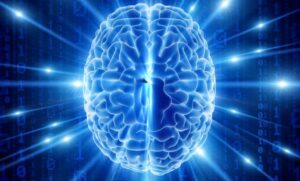NEC Corporation has found a way to speed up the AI decision-making process. The new methodology will reduce the amount of time needed to confirm a facial recognition match, or to detect and analyze a potential cyberattack.

The technique takes advantage of the fact that some decisions are easier to make than others. As it stands, most AI systems gather the same amount of information each time they need to make a decision. For example, a gate with facial recognition capabilities may collect 10 frames to make a match whenever a new person approaches the gate. That remains true whether the system can make the match with one frame, or whether it needs all 10.
The point is that the system will always collect all 10 frames, even though the last nine are superfluous in the prior situation. The actual number can be adjusted, but the data footprint and processing time remain the same regardless of the complexity of the decision itself.
The new NEC technique is designed to get rid of that extra computational load. To that end, the system will gather information sequentially, until it has enough evidence to make a decision. It will then stop collecting new information as soon as that decision has been reached. The concept is based on neuroscience, insofar as the neurons in the brain accumulate evidence in a similar sequential fashion when a human being is coming to a conclusion.
According to NEC, the new method can speed up processing times by as much as 20 percent, without any drop in accuracy. It builds on Sequential Probability Ratio Test (SPRT) technology that was originally created to improve quality control in manufacturing in the 1940s.
NEC plans to deploy the technology in its flagship NeoFace facial recognition system, which already took the top spot in the masked category during the DHS’s recent Biometric Technology Rally. The technology is part of NEC’s Bio-IDiom portfolio, and has been featured in contactless boarding trials at the Narita and Haneda airports in Japan.
The company presented the new AI decision-making solution during a Spotlight presentation at the 2021 International Conference on Learning Representations.
–
May 6, 2021 – by Eric Weiss






Follow Us